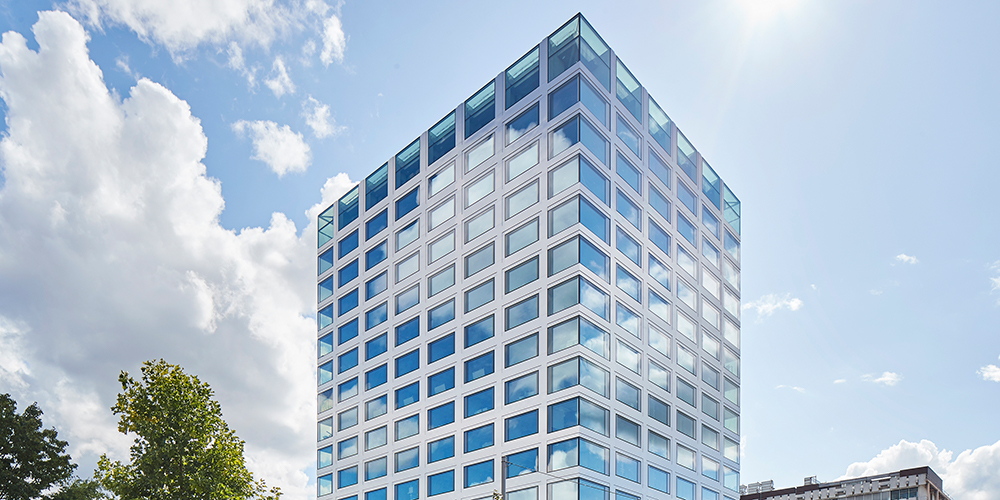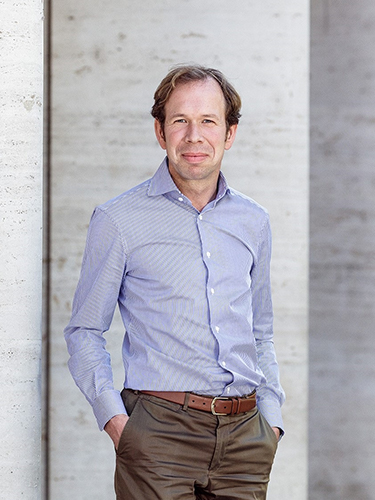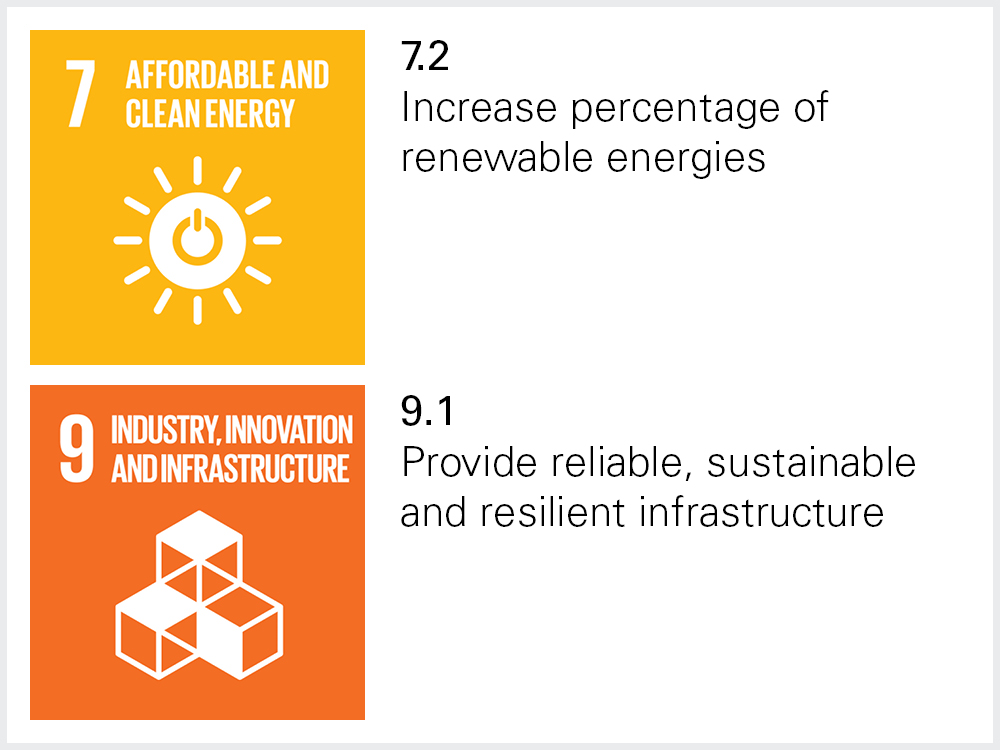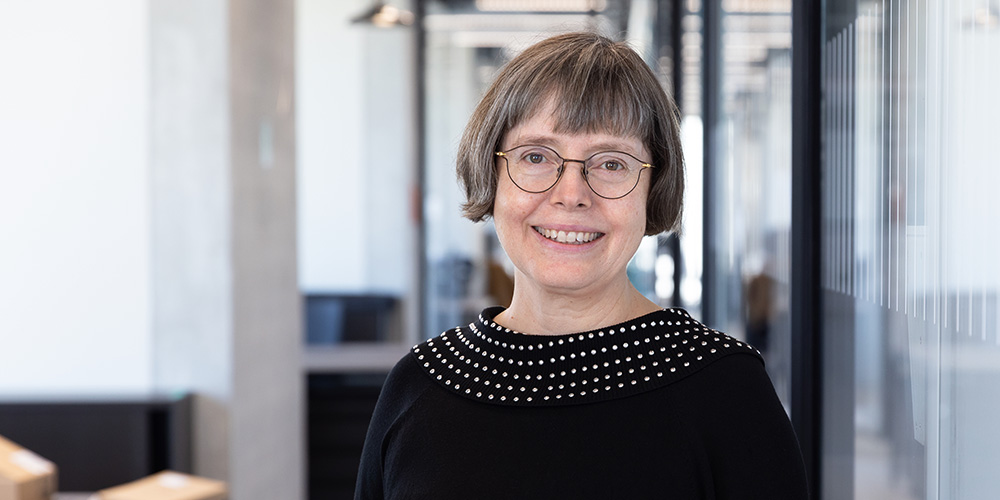Real estate

About 13,000 students and doctoral candidates and more than 5,000 staff study and work in almost 80 buildings at the University of Basel. Integrating sustainability into real estate planning is enormously important given the high material demands and long-term effects on operating processes and energy requirements. By adopting a new real estate strategy in 2020, the University of Basel has set the course for active sustainability management in this area.
Five questions for... Irmo Lehmann, Head of Facilities
The University of Basel adopted a new real estate strategy in March 2020. Its six strategic goals include «ensuring sustainable construction». What challenges now face the facilities department?
I.L: I want to mention three points here: first, with just under 80 buildings, we have very highly fragmented and heterogeneous spaces of differing provenance, which is not ideal from a sustainability perspective, since energy and recyclables management have to be organized separately in each case. Second, we have to take into account the dynamic aspect: laboratory space often requires modification long before the service life of the building part is over. Rooms should also be suitable for teaching and learning. We need modularization and intelligent standards to achieve a flexibility that meets the dynamic needs of research, teaching and learning. Third, we expect the number of students to continue to grow, so we have to provide more space – in the most sustainable way achievable.
How important are sustainable buildings to the University of Basel?
I.L: As a university with sustainability anchored in its strategy, we must seek to integrate sustainability into our real estate management as much as we can. Campus structures with short paths and shared-use central infrastructure, reusability of materials, renewable energy and energy efficiency, accessibility and health must be taken into consideration even more strongly in the future – in order to create attractive conditions for our researchers and students, to act as a role model for the region, and ultimately to make the best possible use of our budgets by reducing lifecycle costs.
What specific actions are now planned as part of the real estate strategy – for example, in terms of new buildings?
I.L: The aim is to integrate sustainability from the beginning, ideally starting with the building competition. Building site 4, which currently still houses old buildings used by chemistry and physics, offers a great opportunity to do this. With the new biomedicine building, which is just about to be started, it's down to the details now. In view of the challenges mentioned before, the focus is not only on a good lifecycle assessment of the buildings themselves, but also on mobility design and achieving adaptability: flexibility in the floorplans and good accessibility to installations.
When collaborating with investors, we also pay attention to sustainability issues by integrating the relevant requirements into declarations of intent early on in the process. For example, the new building for our Department of Biomedical Engineering in Allschwil will no longer use fossil fuels even for peak loads, but instead generate energy using geothermal probes.
And how can the existing buildings be optimized?
I.L:Existing buildings do pose a bigger challenge, but we also have various levers here: one important factor is efficient of use of space; we are setting up a further 400 study spaces at the university library. Another lever, of course, is energy efficiency; examples are the 30 MWh solar power installation at the Department of Pharmaceutical Sciences and the conversion of about 7,000 lights to LED in the library and the Kollegienhaus. We are trying to reduce the use of PET bottles by means of water dispensers connected directly to the water supply. We are also very happy about the fantastic collaboration between our Campus Management and the students from the AG Nachhaltigkeit, who have together ecologically upgraded a number of roofs with planting and deadwood.
Other approaches on the portfolio level involve technology – the keywords are cooling system and energy management system – and services: providing e-bikes and partnerships with local providers of sharing services.
Is the facilities department set up to handle all this?
I.L:We have expanded significantly and brought good partners on board. So we now possess the specialist knowledge to evaluate the designs by architects and engineers. And we are in the process of further expanding the standards we give planners and companies. Automation is extremely important in laboratory buildings; it essentially provides the neural pathways for operation. Of course, we also have to work hard – which is good: efficiency and sustainability often coincide with us.
Goals & actions
Implement the real estate strategy's goal of ensuring sustainable construction
Incorporate sustainability into construction of new buildings, beginning with the invitation to tender
Develop minimum standards for sustainability of new buildings of which the University of Basel is the tenant (integrate into functional specifications, leases); Definition of criteria according to real estate strategy
Facilities
Facilities
Sustainability Office




